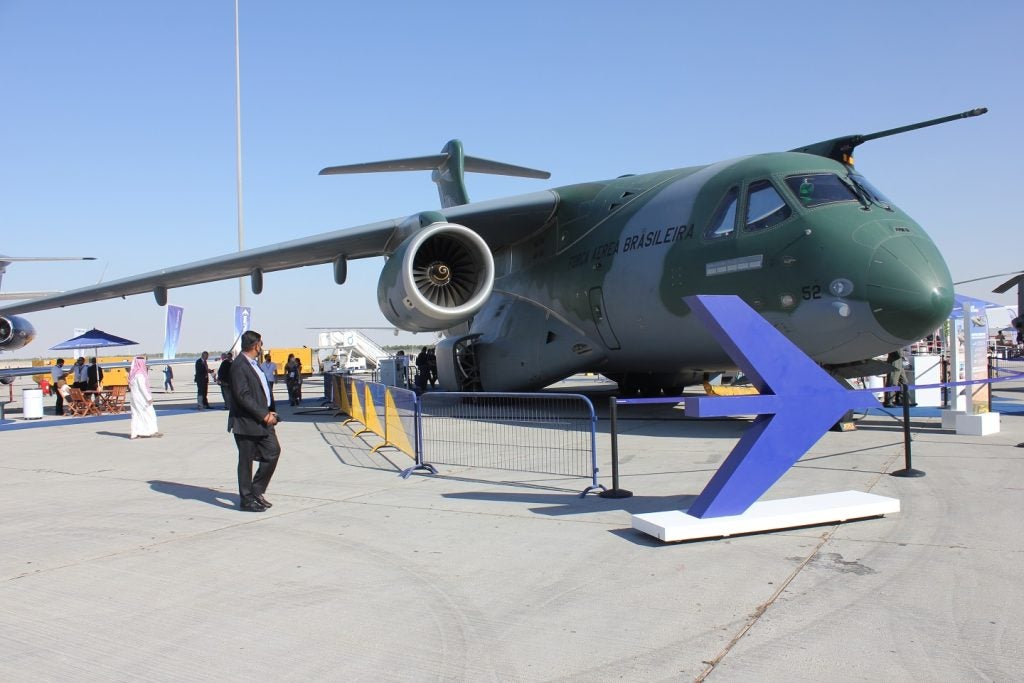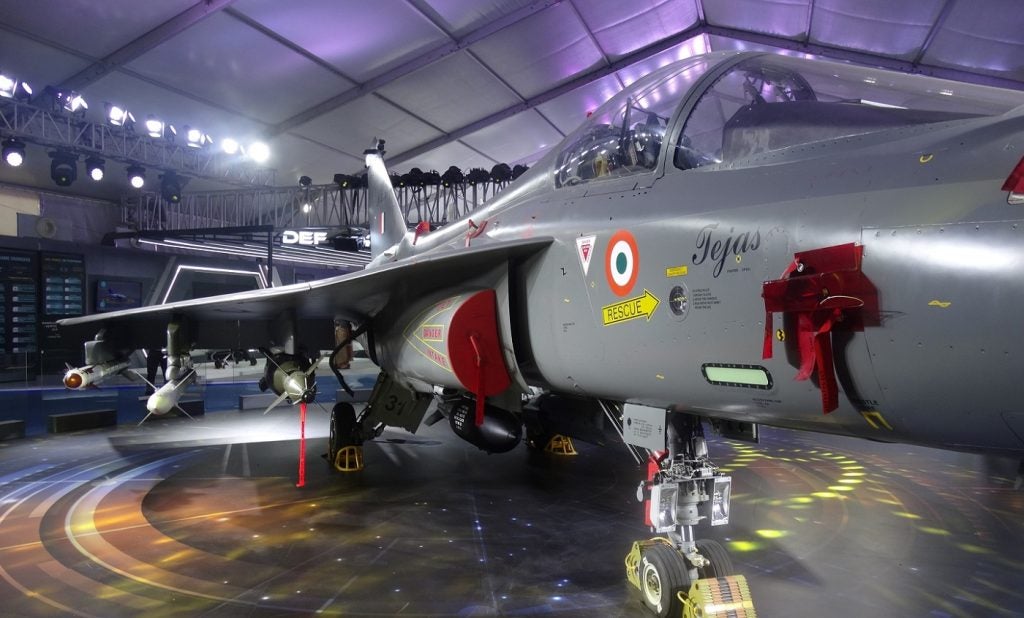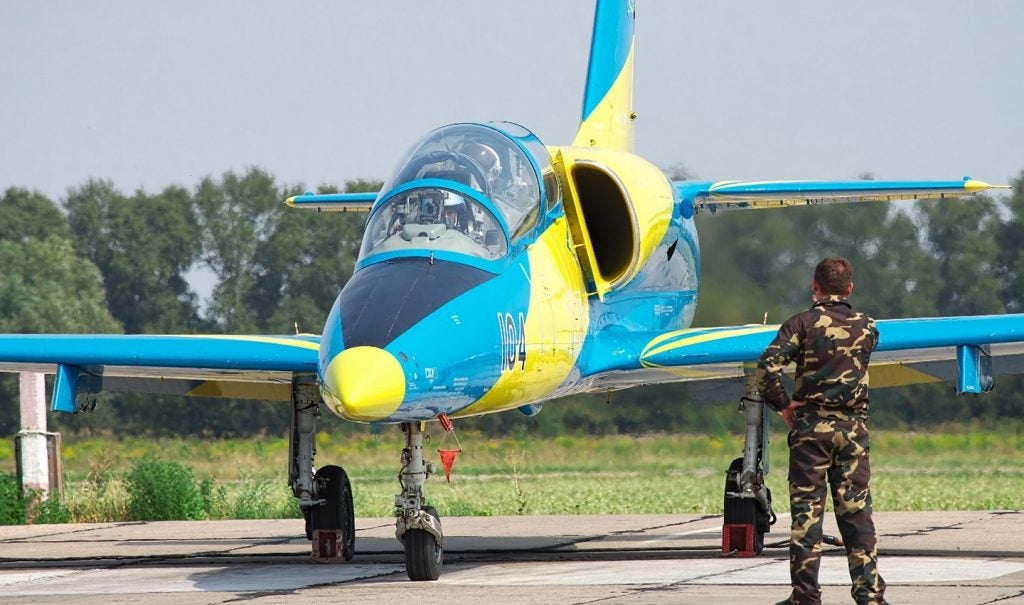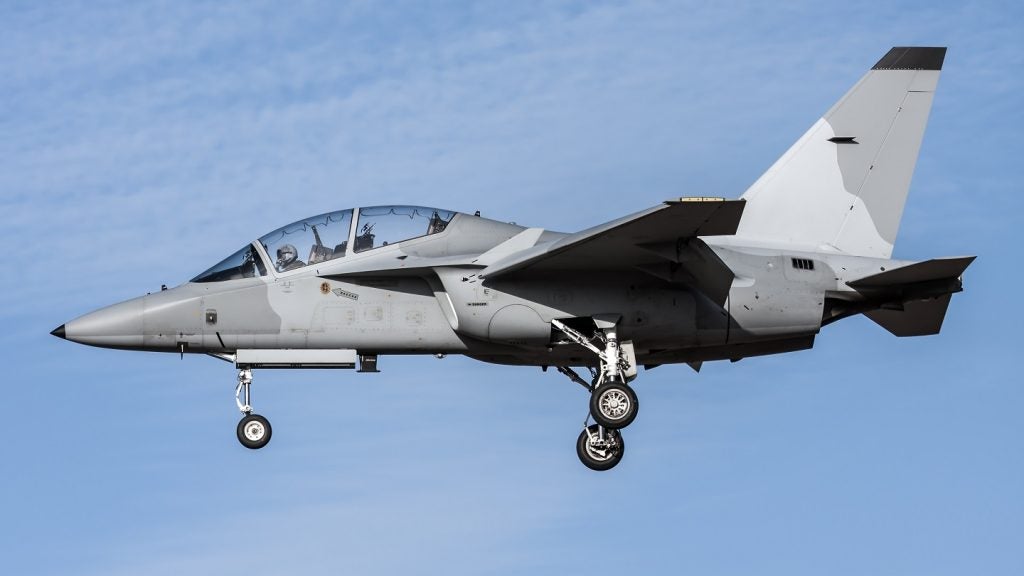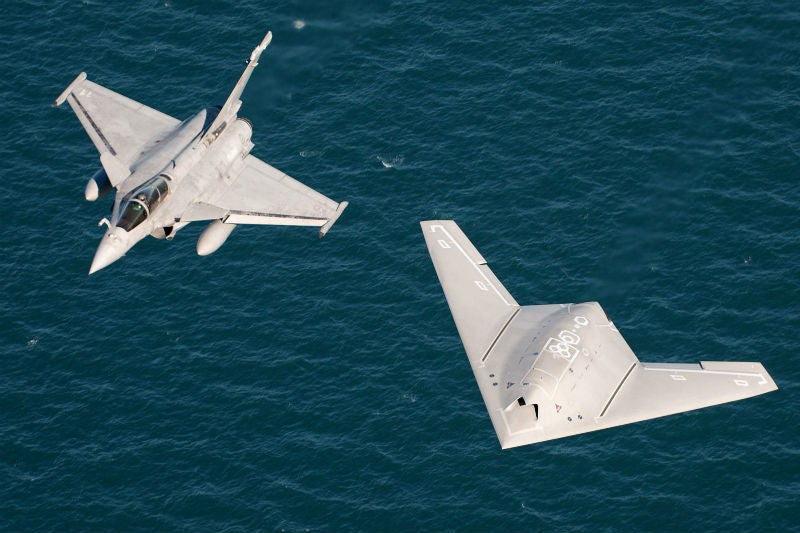
To say that common European defence projects are a difficult process is possibly a gross understatement. The last few decades have seen several pan-European defence programmes attempt to bring nations together to deliver a single platform that addresses multiple requirements, allowing allies to spread costs and enhance cooperation. In theory, this should be a no-brainer, especially when funds are finite. But, in practice, these programmes can be problematic.
“Look at any European bilateral or multilateral programme over the past three or four decades and Politics – with a capital P – is always a challenge,” explains Doug Barrie, senior fellow for military aerospace at the International Institute for Strategic Studies.
Thirty years ago, five European countries – the UK, West Germany, Spain, Italy and France – began work on the European Fighter Aircraft, a highly agile fighter optimised for air-to-air combat against advanced Soviet jets. From the outset, France demanded design leadership, sovereign control over the programme’s industrial grouping, and responsibility for all exports.
The inevitable dispute among the partners eventually led France to withdraw from the European Fighter Aircraft, going on to develop its own indigenous Rafale fighter instead. The other nations continued the programme, with the resultant fighter being the Eurofighter Typhoon, which also suffered several delays.
Fast-forward to today and several European nations are once again looking at the next-generation of fighter aircraft, both in terms of the capability required and, importantly, who to work with at the political and industrial level.
France and Germany’s close governmental relationship over recent years, and the UK’s castigation as a result of its European Union exit, means that the former two countries have collaborated on a future fighter while the UK began its own Tempest project.
How well do you really know your competitors?
Access the most comprehensive Company Profiles on the market, powered by GlobalData. Save hours of research. Gain competitive edge.

Thank you!
Your download email will arrive shortly
Not ready to buy yet? Download a free sample
We are confident about the unique quality of our Company Profiles. However, we want you to make the most beneficial decision for your business, so we offer a free sample that you can download by submitting the below form
By GlobalDataBerlin and Paris signed a joint declaration in June 2018 that cemented their commitment to a new Future Combat Aerial System (FCAS) led by France, and a new tank known as the Main Ground Combat System (MGCS), led by Germany.
Airbus and Dassault: pedigree chums
While the details are still largely unknown, one thing for certain is that the project will involve the two countries’ aerospace powerhouses: France’s Dassault Aviation, and Germany’s Airbus Defence and Space (DS). Both have significant pedigrees when it comes to developing world-class military aircraft, with Dassault, leading the development of the successful Rafale, and Airbus DS playing a key role on the Typhoon project.
In April 2018, both companies signed an agreement to pursue the FCAS – this nomenclature has seemingly now been superseded by the New Generation Fighter (NGF) – highlighting how the industrial partnership would bolster European sovereignty and technical expertise in military aerospace for decades to come.
“Never before has Europe been more determined to safeguard and foster its political and industrial autonomy and sovereignty in the defence sector. Airbus DS and Dassault Aviation have absolutely the right expertise to lead the FCAS project,” says Dirk Hoke, CEO of Airbus Defence and Space. “The schedule is tight, so we need to start working together immediately by defining a joint roadmap on how best to meet the requirements and timelines to be set by the two nations.”
An initial study phase for design and architectural approaches will come first, with French sources suggesting that another two contracts will follow in 2019 to begin work on both airframe and engine demonstrators. These are likely to be announced at this year’s Paris Air Show, Europe’s flagship aerospace event.
The challenge of standardising requirements
Eric Trappier, the CEO of Dassault Aviation, has indicated that demonstrators could be flying as soon as 2025, an ambitious timeline for what promises to be a technologically complex programme.
An important, and no doubt challenging, job will be to standardise each nation’s requirements for a sixth-generation fighter.
“What are the commonalities? You are looking for a balanced stealth design that will supercruise at Mach 1.5 or 1.7, it will need endurance and significant internal weapons carriage,” said Barrie.
Despite these commonalities, there remains a “significant difference” between France and Germany and their operational use of air power, according to Justin Bronk, an air power specialist at the Royal United Services Institute: “We have seen that, throughout the Eurofighter programme, Germany has been unwilling to fund some of the more ambitious multi-role enhancements,” he explains.
Building a fighter fit for the future battlespace
“France places a lot of importance on projecting power across significant distances, particularly in Africa,” added Bronk. “There is also, of course, a very strong nuclear component for whatever replaces Rafale. It will have to carry the airborne component of the French nuclear deterrent which Germany is absolutely not interested in.”
Last year, the two companies emphasised their various designs and concepts that will underpin a sixth-generation fighter. Airbus DS has promoted FCAS as being not just a fighter, but a systems-of-systems programme that will also incorporate drone swarms, stand-off cruise missiles and legacy aircraft, which are all connected through a highly-digitised battlespace.
Dassault Aviation, meanwhile, unveiled a new NGF concept model at the Euronaval exhibition in Paris in October.
The design shows a sleek twin-engine fighter aircraft with clear stealth characteristics, as well a compound delta wing to increase manoeuvrability and, notably, a lack of vertical/horizontal stabilisers to lower its radar cross section. The company has clearly leveraged some of the work it has carried out on its advanced stealth drone, known as nEUROn, which has flown developmental flights for several years.
While momentum is growing for a next-generation fighter – and importantly it has high-level political backing – there are clearly several hurdles to overcome.
Friction points: capability, workshare and exports
The first of these hurdles is workshare, with the initial design study phase not expected to explicitly state what each company is responsible for and instead allowing Airbus and Dassault Aviation to set out their respective business cases. If recent history is anything to go by, however, France will drive for significant workshare that could force Germany to question its industrial involvement.
“They will have a lot of work to do to come up with a compromise between cost, ambition and capability that suit both,” said Bronk.
Another area that is ripe for dispute is future exports, with France and Germany differing considerably when it comes to national export policy. This was laid bare recently when Germany cut off defence exports to Saudi Arabia following the murder of journalist Jamal Khashoggi, while for Paris it was “business as usual” with the Gulf state.
“You have all of these national pressures that have to be managed, and will occasionally not be managed as well as they should and result in, at the very least, friction, or in some cases projects unravelling,” said Barrie.
“If there’s one thing that I would bet on now, it’s that the industrial and political constellations that we see at the moment probably won’t be exactly the same as the ones that go and produce an aircraft.”



